With the Women’s Rugby World Cup 2025 showcasing the global interest in women’s rugby, and Kiwis showing the same, with over 1 million tuning into the Women’s RWC on Sky NZ, New Zealand Rugby is pleased to share changes to the domestic…
Blog
-

Writers Guild plans to oppose Paramount-Warner Bros merger, Bloomberg News reports
Item 1 of 3 Paramount Global and Skydance logos are seen in this illustration taken December 17, 2024. REUTERS/Dado Ruvic/Illustration/File Photo
[1/3]Paramount Global and Skydance logos are seen in this illustration taken December 17, 2024….Continue Reading
-
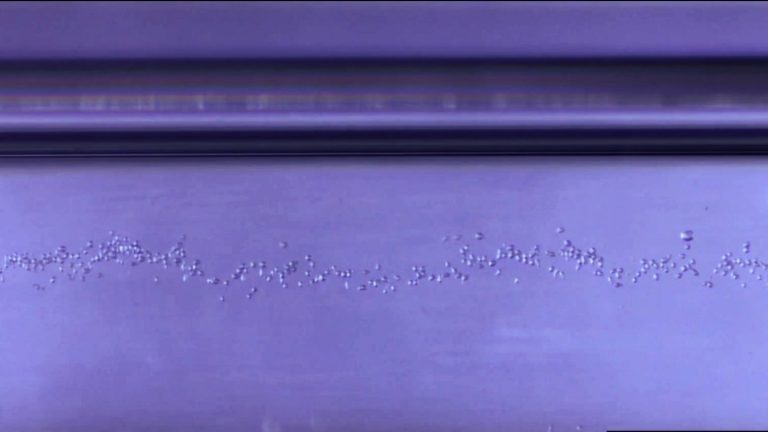
Scientists identify cells by seeing how high they levitate
Although the magnetic levitation system described in the 2015 paper allowed researchers to visually distinguish different types of cells, the differences were often too small to practically sort the cells. The setup was also static,…
Continue Reading
-
Access Denied
Access Denied
You don’t have permission to access “http://www.spglobal.com/commodity-insights/en/news-research/latest-news/agriculture/102325-platts-95cl-beef-cif-us-assessment-hit-highest-levels-since-launch” on this server.
Reference #18.daa0d517.1761267546.a94a295
https://errors.edgesuite.net/18.daa0d517.1761267546.a94a295
Continue Reading
-

Innovative high-voltage system in the Cayenne Electric: performance meets efficiency
The all-electric Cayenne will soon be added to Porsche’s SUV portfolio. It is based on an evolution of the Premium Platform Electric (PPE) developed in-house. Its 800-volt architecture creates the basis for impressive charging power, intelligent energy distribution and high efficiency.
In combination with the new drive system, the Cayenne Electric achieves range figures equally suitable for everyday use and long-distance journeys. The Cayenne Electric prototype has recently displayed its long-distance capability. Several independent US journalists subjected near-production but still camouflaged prototypes to a highway range test and drove more than 350 miles (563 km) on a single battery charge at a maximum permitted speed of 70 mph (113 km/h)#.
The vehicle’s range performance is the result of the combination of innovative technology and sophisticated energy management. “With the Cayenne Electric, we are taking e-performance to a new level,” explains Dr Michael Steiner, Deputy Chairman of the Executive Board and Member of the Executive Board, Research and Development. “Our innovative high-voltage system combines maximum efficiency with the driving dynamics typical of Porsche.”
Integrated HV battery: safe, compact, efficient
At the heart of the Cayenne Electric is a function-integrated high-voltage battery with a gross energy content of 113 kWh. It is directly integrated into the vehicle structure and, in addition to storing energy, also acts as an integral structural component. This results in significant advantages in weight and packaging; the ratio between cells and battery housing has improved by 12 per cent compared to the second-generation Taycan battery. Integration of the battery into the body structure also increases vehicle rigidity and further lowers the car’s centre of gravity – both essential factors for driving dynamics and precision. The battery therefore contributes to the agile handling of the Cayenne Electric. Porsche is also setting new standards in the field of passive safety; the battery modules are made of a specially developed aluminium profile that absorbs energy in a targeted manner and protects the cells in the event of an impact.
Cell chemistry and energy density: peak efficiency
For maximum energy density and charging capability, Porsche uses a lithium-ion battery with six interchangeable modules and 192 large-format pouch cells. The cells consist of a graphite-silicon anode and a nickel-manganese-cobalt-aluminium cathode (NMCA). The high nickel content of 86 per cent ensures maximum energy density, while silicon in the anode significantly enhances the fast-charging capability. Aluminium increases the rigidity of the cell structure. The result: seven per cent higher energy density compared to the current Taycan battery, while also increasing charging efficiency.
Double-sided cooling: the key to sustained performance
A key element of the high-voltage system is the innovative cooling system, which regulates the temperature of the battery from both above and below. This dual cooling allows precise control of the temperature window and ensures that the battery always operates in the optimal range – regardless of the weather, charging power or driving style. The cooling capacity corresponds to that of about 100 large household refrigerators. For the first time, energy-efficient pressure fans will be used, which consume around 15 per cent less energy than conventional suction fans. The result is a consistently high charging capacity and high performance with minimal energy loss – a key element of the overall efficiency of the new Cayenne.
Predictive thermal management: thinking ahead
The new Predictive Thermal Management is an integral part of the electrical architecture of the Cayenne Electric. It links all of the vehicle’s cooling and heating circuits, continuously analyses temperature, route and driving profile, and proactively controls the flow of energy. While driving, intelligent software calculates the heating or cooling requirements in real time – taking into account navigation data, topography, traffic conditions and driving behaviour. The aim is to keep the battery in the optimum temperature window at all times – for maximum charging speed, service life and range consistency. The advantages for the driver include shorter charging times, lower energy consumption and even more accurate range predictions. The system works closely with the further-developed Charging Planner, which takes individual charging preferences into account and preconditions the battery for the next stop while driving.
“The function-integrated battery, the double-sided cooling concept and the predictive thermal management demonstrate how we think comprehensively about technology,” says Dr Michael Steiner. “Our aim is to provide electric mobility in a way that befits Porsche – efficient, powerful and engaging at the same time.”
Robust fast-charging behaviour: next-level usability
The Cayenne Electric sets new standards in charging performance. Its capacity of up to 400 kW at suitable high-power charging stations enables charging from 10 to 80 per cent in less than 16 minutes. The Cayenne Electric maintains this high level of charging power over an exceptionally wide state of charge band. Up to about 50 per cent SoC, the charging rate consistently remains between 350 and 400 kW – a clear benefit for long-distance driving^.
This optimal fast-charging curve is achievable from a battery temperature of just 15 degrees Celsius, which is significantly lower than before. This means that the car’s charging performance is particularly robust under real-world conditions throughout the year. In addition, the 800-volt architecture combined with the high-voltage switch in the battery also enables efficient charging at 400-volt stations at up to 200 kW – without an additional booster.
Porsche Wireless Charging: cable-free convenience
From 2026, Porsche expects that it will offer the new Porsche Wireless Charging system – an 11 kW wireless charging system with a compact one-box floor plate – for the first time with the Cayenne Electric to select markets, although AUstralia is yet to be confirmed. This contactless charging technology achieves a similar efficiency to wired AC charging: up to 90 per cent. When parked over it, the vehicle automatically detects the floor plate and lowers itself slightly for charging. The inductive charging process takes place across a gap of a few centimetres. The entire process is fully automatic, safe and maintenance-free. The My Porsche app can be used to monitor charging processes, define time slots or authenticate several vehicles. With this technology, Porsche is once again emphasising that efficiency and convenience go hand in hand – even when charging.
Info
#
https://www.motortrend.com/reviews/2026-porsche-electric-cayenne-range-test
https://insideevs.com/reviews/775777/porsche-cayenne-electric-range-test/
https://youtu.be/Yz1qZ1vF2XM?si=v13gL6u1vjDK7hIt
https://youtu.be/IwrYwFPn0pc?si=bbqapldDeNATyNJ2Actual range you experience will vary depending on a number of factors such as speed, traffic and weather conditions, driving habits, elevation change, how much weight the vehicle is carrying, use of vehicle features/accessories such as heating or air-conditioning, and wheels/tyres among others. Please contact an Official Porsche Centre for information regarding Australian delivered models.
^ Charging times are based on rates observed during Porsche AG testing on a test vehicle in
controlled test conditions using a high speed DC charger for vehicle comparison purposes only. The rates of charge you experience will differ depending on a number of factors such as the ambient conditions, battery size, the amount of charge the battery has and the type of charger. Public DC chargers are typically faster than AC chargers installed at residential premises. We recommend charging to 80 per cent to assist in maximising your vehicle’s battery range and battery life over time.Press releases may contain forward-looking statements and information on the currently expected business development of Porsche AG. These statements are subject to risks and uncertainties. They are based on assumptions about the development of economic, political and legal conditions in individual countries, economic regions and markets, in particular for the automotive industry, which we have made based on the information available to us and which we consider to be realistic at the time of publication. If any of these or other risks materialise, or if the assumptions underlying these statements prove incorrect, the actual results could be significantly different from those expressed or implied by such statements. Forward-looking statements in this presentation are based solely on the information pertaining on the day of publication. These forward-looking statements will not be updated
later. Such statements are valid on the day of publication and may be overtaken by later events. This information does not constitute an offer to exchange or sell or offer to exchange or purchase securities.
“Enter Electric!“
The Volkswagen Group invites you to find out much more about electromobility with a cross-brand communication campaign. You can find more information about electromobility at Porsche on this Newsroom microsite.
Continue Reading
-
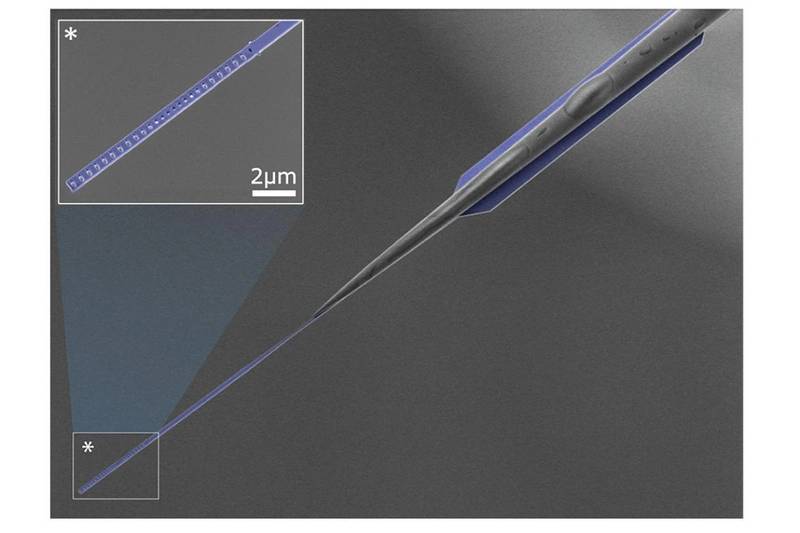
Microscopic Wave Machine Mimics Ocean Waves
Researchers from Australia’s University of Queensland have made a microscopic “ocean” on a silicon chip to miniaturise the study of wave dynamics.
The device, made at UQ’s School of Mathematics and Physics, uses a layer of…
Continue Reading
-
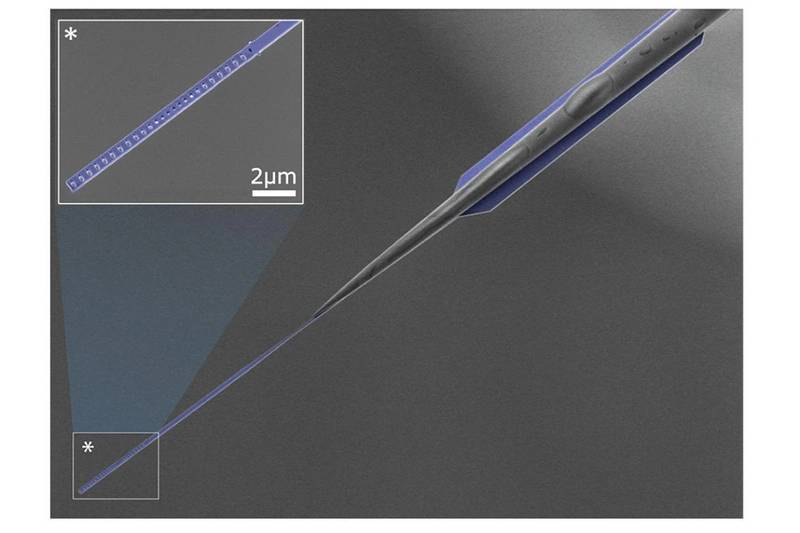
Microscopic Wave Machine Mimics Ocean Waves
Researchers from Australia’s University of Queensland have made a microscopic “ocean” on a silicon chip to miniaturise the study of wave dynamics.
The device, made at UQ’s School of Mathematics and Physics,…
Continue Reading
-
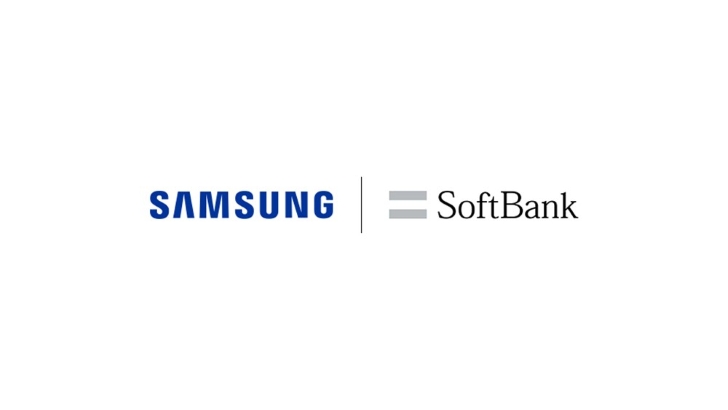
Samsung Electronics and SoftBank Corp. To Collaborate on AI-RAN Technologies for Next-Generation Telecommunications – Samsung Global Newsroom
Samsung Electronics and SoftBank Corp. have signed a Memorandum of Understanding (MOU) for joint research into next-generation communications technologies, including 6G and AI-based radio access network (AI-RAN) innovations.
The two companies will categorize next-generation communications technologies into four candidate areas — 6G, AI for RAN, AI and RAN, and Large Telecom Model (LTM) — and collaborate on select fields to drive future innovation. Leveraging their advanced technological expertise and network deployment capabilities, they plan to identify new use cases, jointly develop core technologies and demonstrate the technologies’ effectiveness.
This year marks a significant push toward 6G standardization, with discussions emerging on new frequency bands such as the 7GHz spectrum. Under the “AI for RAN” concept, AI-RAN technologies are expected to play a pivotal role in optimizing wireless networks.
Moreover, AI-RAN orchestration technologies under the “AI and RAN” concept — designed to seamlessly integrate AI workloads with base station workloads and operate them efficiently — hold significant potential for network optimization and enhanced user experiences. The use of Generative AI within communications networks is being considered a viable area of research as well.
“Through this collaboration with SoftBank, we aim to define meaningful use cases for both operators and end users, while securing key technologies for future commercialization,” said JinGuk Jeong, Executive Vice President and Head of Advanced Communications Research Center (ACRC) at Samsung Research. “Building on our advanced expertise in AI-RAN and 6G, Samsung will continue to lead innovation in next-generation communications.”
“We are very pleased to collaborate with Samsung, a global leader in communications technologies. By combining our advanced expertise, we will accelerate the realization of next-generation networks that evolve to become more efficient and highly reliable through AI-RAN,” said Hideyuki Tsukuda, Executive Vice President and CTO, SoftBank Corp. “SoftBank remains committed to taking on the challenge of building the next-generation social infrastructure essential for a future society where AI and humans coexist.”
Samsung Electronics continues to lead research in 6G and AI-powered communications technologies through its ACRC under Samsung Research. In November, the company plans to host the Silicon Valley Future Wireless Summit, an event aimed at fostering dialogue among industry leaders, academia and government organizations on AI-RAN research.
Continue Reading
-
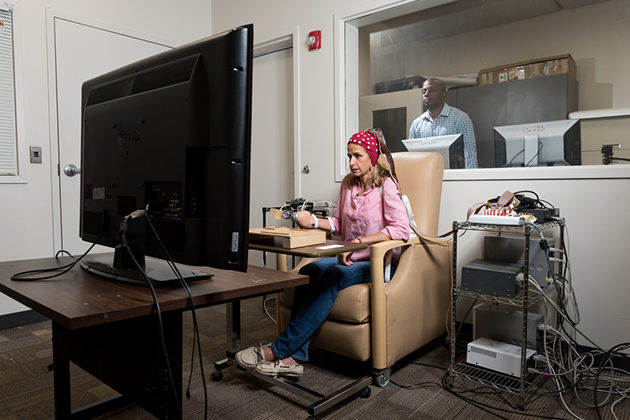
Head to Toe: Georgia Tech Researchers Treat the Entire Human Body Through Neuroscience Research
Newswise — Neuroscience experts from across Georgia Tech have come together to form the Institute for Neuroscience, Neurotechnology, and Society (INNS), an interdisciplinary research institute launched in July….
Continue Reading
-

Protocol Accelerated Post-op Recovery After Gastrectomy
Patients undergoing radical gastrectomy experienced better recovery after surgery when exposed to an enhanced recovery after surgery (ERAS) protocol, according to data from a recent retrospective study.
Researchers from China enrolled 120 patients…
Continue Reading
